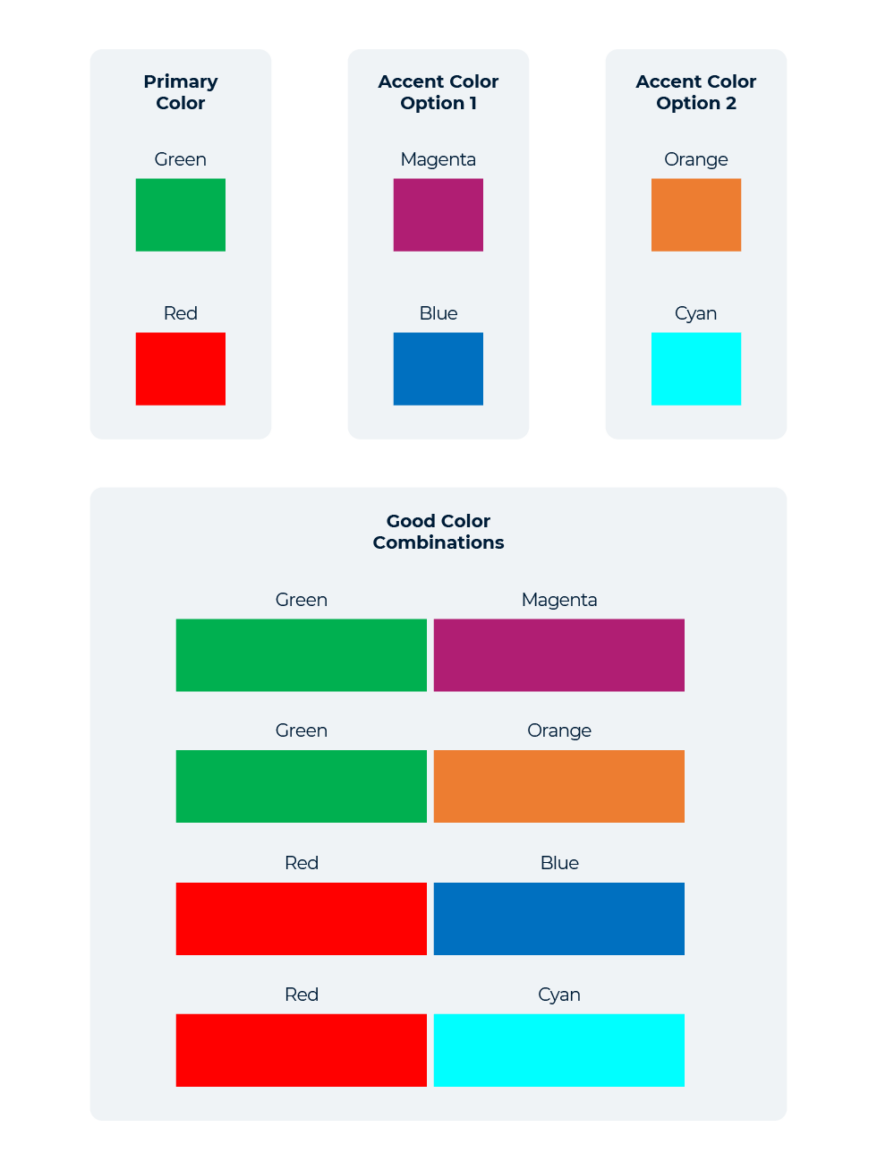Scientific poster sessions are one of the best ways to present science, offering an informal atmosphere and free exchange of ideas. It allows you to showcase your work and connect with other scientists. Here are some tips for designing and presenting your next scientific poster.
Getting Started
✅ Start with a story
Before building a poster, you must envision your scientific story. This story sets the stage with the scientific problem to be solved (introduction), describes the strategy to solve the problem (methods and experimental design), clearly shows the results, and summarizes the key takeaways (conclusion). The poster is your visual aid to help tell your story.
✅ Use or create a template
The poster format is straightforward, often in landscape orientation with three or four columns. Check if your organization has a poster template, which can help determine how you visually arrange your story. If your organization doesn’t have a template, you can still build your poster with your organization or lab’s branding guidelines and colors.
Poster Style
✅ Use large and easy-to-read fonts
Make your poster easy to read; depending on the conference, poster areas can become quite crowded, so you want to ensure your poster is readable from a distance of at least 6 feet (2 meters). Try to avoid using fonts smaller than 24 pt. 18 pt font should be the absolute minimum and be reserved for figure or table captions. In the body of the poster, serif fonts like Times New Roman or Cambria are easier to read, but sans serif fonts can be used in titles and section headers.
✅ Keep the text simple
You should use as much text as you need, but no more. Bullet points can improve readability, breaking the content down into bite-sized pieces that are easier to comprehend. Using simple language and avoiding jargon and acronyms improves readability and is especially powerful in conferences that span across disciplines, where audience members may have different niche domain knowledge.
✅ Lead with pictures
A picture is worth a thousand words. Lead with pictures to make the best use of space on your poster. Images also make the content more interesting to look at and generate engagement. The less text used, the better, so use charts, graphics, and tables when possible to reduce the need for text. Ideally, figures should be understandable on their own—the best poster experience is where the attendee can understand the story just from images. This can also help if people view your poster outside of your designated presentation time.
✅ Use colors, but consider accessibility
Using a few accent colors can help make your poster more visually appealing, and color in figures often does the same. When using color, remember that one in eight men and one in 200 women with some form of color blindness are in your audience. Avoid red and green combinations and instead use hues of blue and red for contrast that everyone can distinguish (See figure below).

There are a variety of online tools, such as Coblis, that can simulate the different types of color blindness, allowing you to be sure the color combinations you have chosen for your poster will be visible to the majority of conference attendees.
✅ Build your sections around your story
Using your poster template, insert the elements of your story, building it from left to right, with sections for the introduction, methods, results, and conclusions. Scientists at a poster session are seeing many posters in quick succession, so following this will make it easier to read. When possible, illustrate the main points with figures. Flow charts are handy for describing the experimental approach.
✅ Less is more
Focus on the problem, strategy, and key results. Detailed experimental methods and validation experiments can be discussed verbally or later.
Presenting your Poster
✅ Practice your talking points
The poster is just one piece of the presentation; the rest is your presence and speaking. Memorizing your key points allows you to maintain eye contact with your audience and avoid reading off your poster. It also gives you flexibility in adjusting your presentation style based on your audience.
✅ Bring excitement to your poster
People are more likely to engage with a speaker who is genuinely excited about their work.
✅ Provide readily accessible contact info
One of the greatest advantages of a poster session is the intimate atmosphere and the ability to make meaningful networking connections. Bring business cards or have contact information easily accessible. Consider including a QR code on your poster to link to contact info or a social profile, and let the scientific discussion continue after the poster session is over.
We hope these tips prove helpful as you prepare your next scientific poster. Good luck and enjoy your next presentation!




